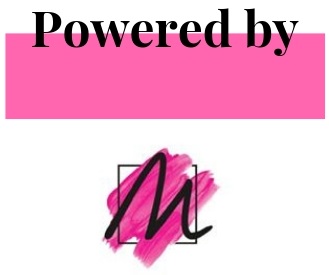Carol Hickins’ wedding dress arrived at her office “in a plastic bag inside a brown cardboard box,” she says. The packaging was a “letdown,” she says, but the dress was not. She loved the gown she bought from the Ann Taylor website.
That was in 2013, and Ann Taylor has since stopped selling wedding dresses. But Anthropologie’s bridal line BHLDN has stuck around since launching in 2011, and many other retailers have joined the online market.
Now, brides can buy gowns online from designers like Nicole Miller, luxury stores like Moda Operandi or from a home try-on site like Floravere. They can even browse wedding dresses while buying jeans — H&M, ModCloth and ASOS have bridal lines.
LESS EMOTION — AND LESS GUIDANCE
No matter the site, adding a dress to a virtual cart doesn’t pack the same emotional punch as buying one in person — and that can lead to a more clear-headed purchase, says Meg Keene, founder and editor-in-chief of A Practical Wedding, a website for what it calls laid-back, feminist weddings.
You won’t be making that significant financial decision as you cry, your mother gushes and a beaming salesperson slides a veil into your hair. “You’ll be at home and be able to calmly weigh your options,” Keene says.
But shopping online for a wedding dress is a “more self-guided experience,” says Shelley Brown, fashion and beauty editor at The Knot website, which offers wedding advice and planning resources. “At a bridal salon, you have someone telling you, ‘Here are your best options, according to all your parameters you gave me,'” she says. Online, “you have to be your own bridal consultant.”
TIPS FOR BUYING ONLINE
If you decide to
AVOID SCAMMY SITES.
While there’s a range in price and quality among the sites mentioned above, they’re legitimate. Order a dress from one of them, and you should receive a garment that looks close to what you expected.
But some websites steal photos of designer dresses and claim to be selling the same gowns for a tenth of the price, Brown says.
If you see a R4000 “designer” dress that is selling elsewhere for R40,000, or if the site includes misspellings, grammatical errors or otherwise “feels off,” Brown says you’re probably looking at counterfeit gowns. “And when (the dress) arrives, it will look nothing like the photo and will probably be unwearable,” she says. “If it seems too good to be true, it probably is.”
READ THE FINE PRINT.
Even on legitimate sites, scrutinize the return policy and expected delivery dates. Plan your purchase to receive the dress at least two months before the wedding, Brown says, “just in case you need alterations or in case you change your mind.”
RESEARCH FABRICS.
Because you can’t touch the gowns on websites, Brown suggests learning about what different fabrics look and feel like. Peruse a fabric store, the racks of a bridal salon or your closet to discover what charmeuse feels like versus satin, for example. With this knowledge, you can determine your preferred fabrics and interpret dresses’ online product descriptions.
LEARN WHAT FLATTERS YOUR BODY TYPE.
Cuts of dresses look different on each body type. A strapless ball gown, for example, may suit a pear-shaped figure better than someone with an apple shape. (If this sounds more like a fruit salad recipe than shopping advice, search “what’s my body shape” online.)
Read about the best wedding gowns
TRUST THE SITE’S SIZING.
Take your measurements, and use them with the website’s size guide. Keep in mind that sizes vary by brand, Brown says, and that wedding dresses are often sized differently than street clothes. So trust the website if it recommends a size 10 based on your measurements rather than your usual 8.





